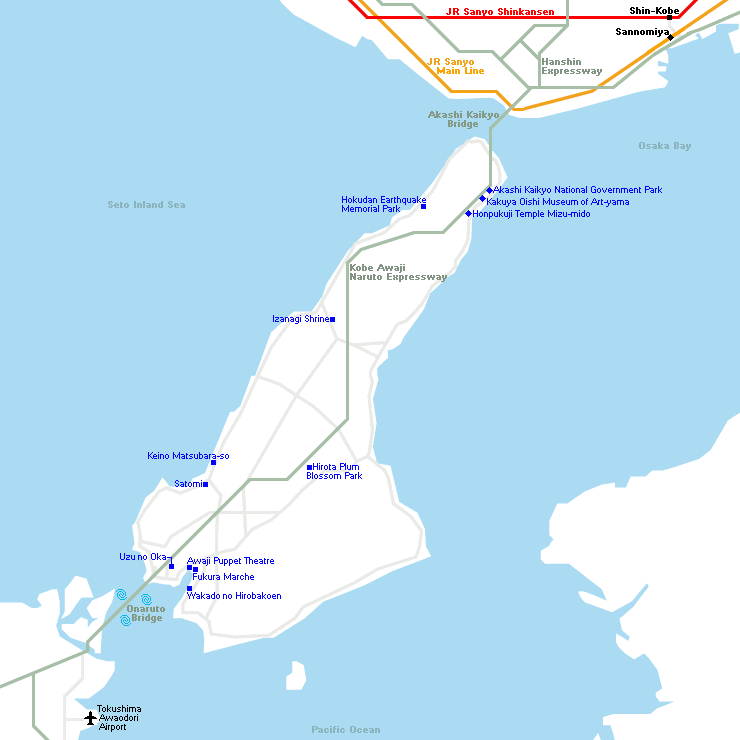
The perfect island life with mountains and the sea

Day 1
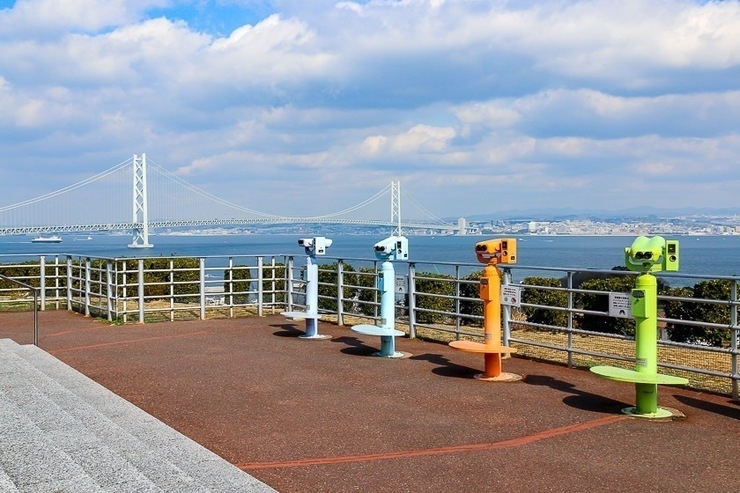
View of the Akashi Kaikyo Bridge from the service area
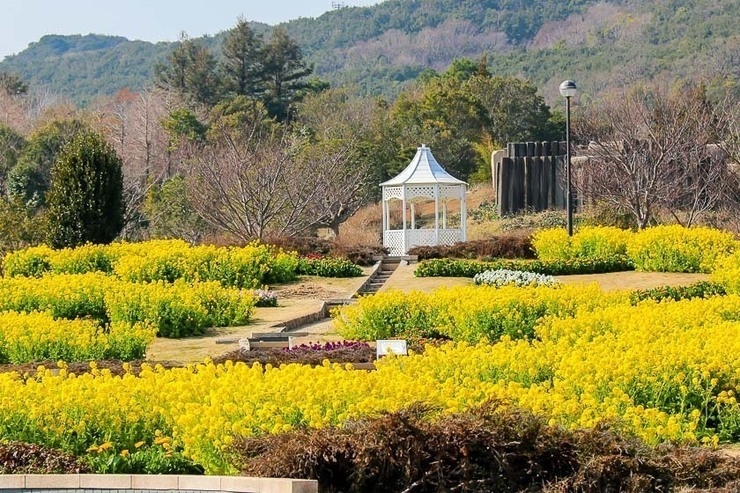
Some flowers in bloom at the Akashi Kaikyo Park
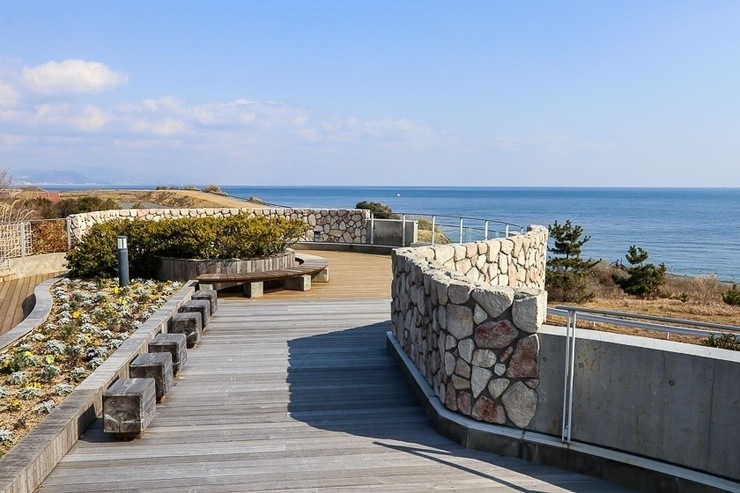
The terrace by the sea never disappoints

A floral peacock

Sloping hills and long walks in the park
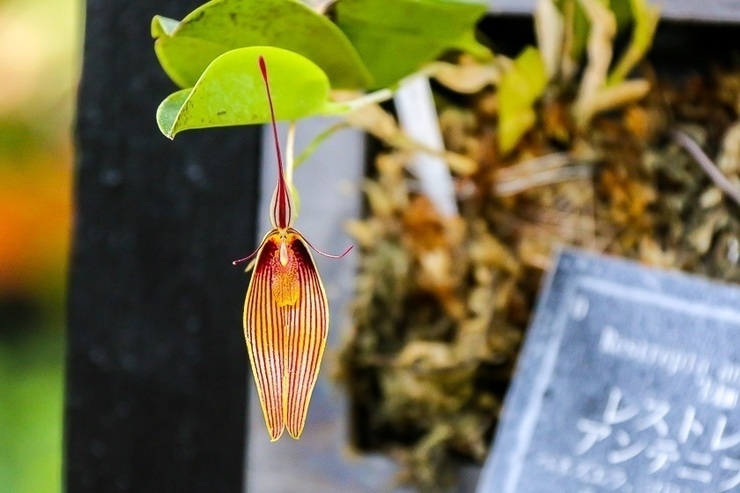
Don't you think this orchid has facial features?
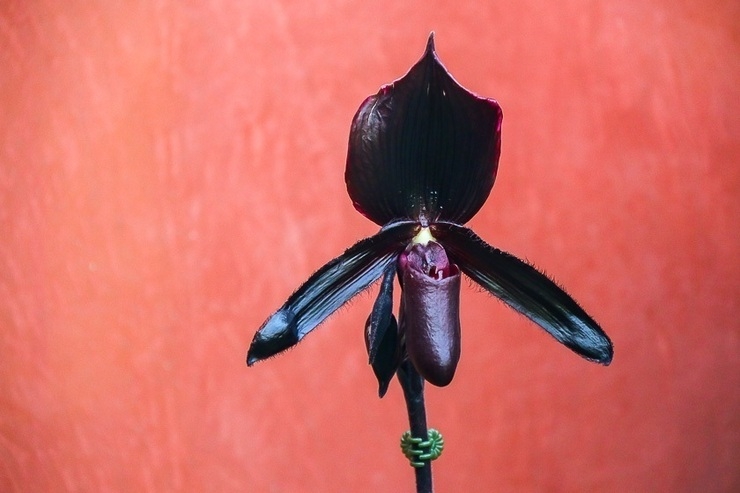
I've never seen such a dark purple orchid before
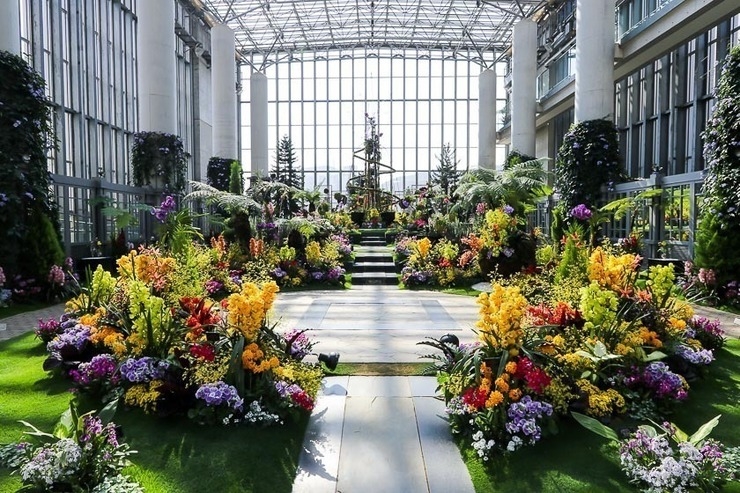
Main flower exhibition stage
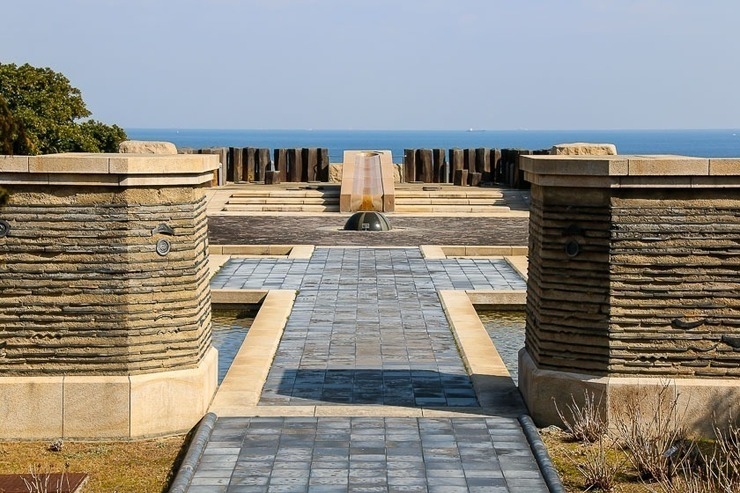
So long Yumebutai and national park. I'll come back again
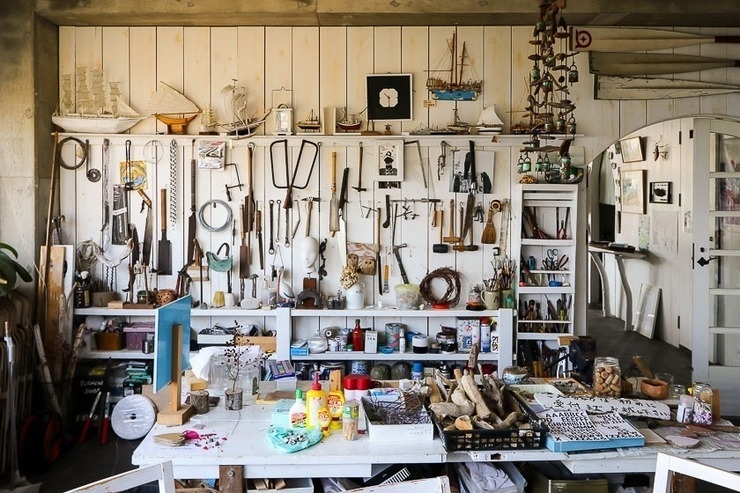
Artist studio tool
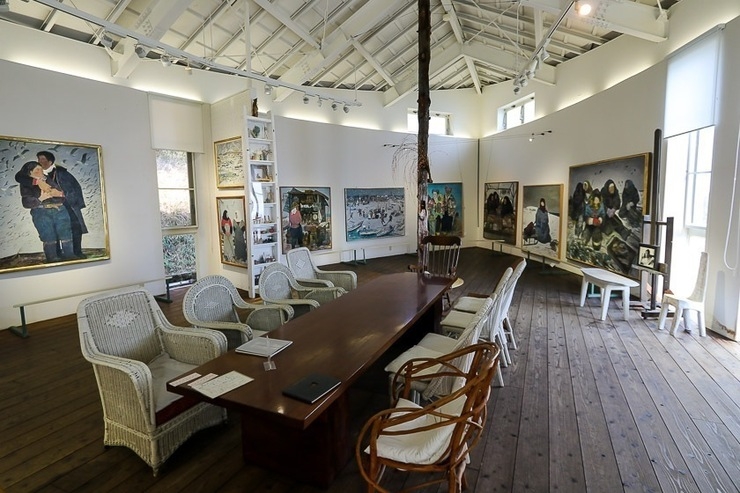
Oishi Kakuya's artworks on the second floor and a massive redwood table made from a single tree
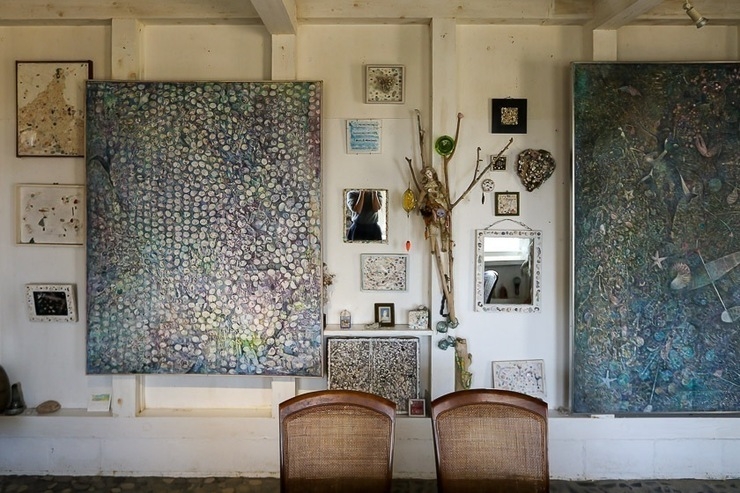
Self portrait in Oishi Shoko's atelier
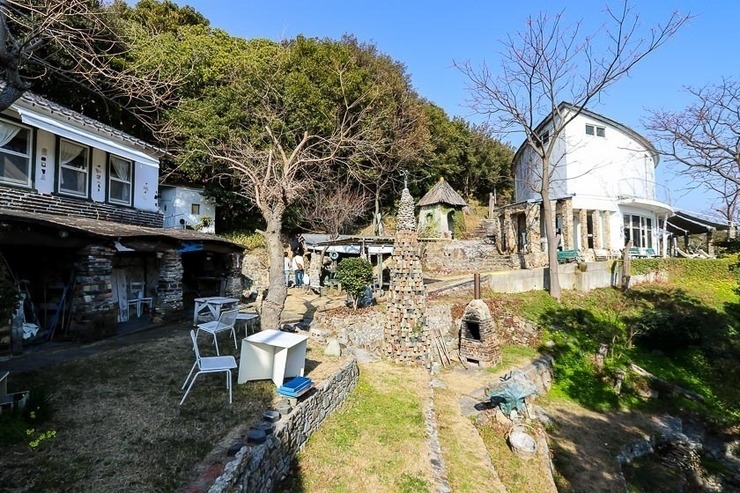
The small art museum overlooking the coast

Grab a drink from the cafe and enjoy the view

Entrance to Honpukuji Temple, but not where the Mizu-mido is
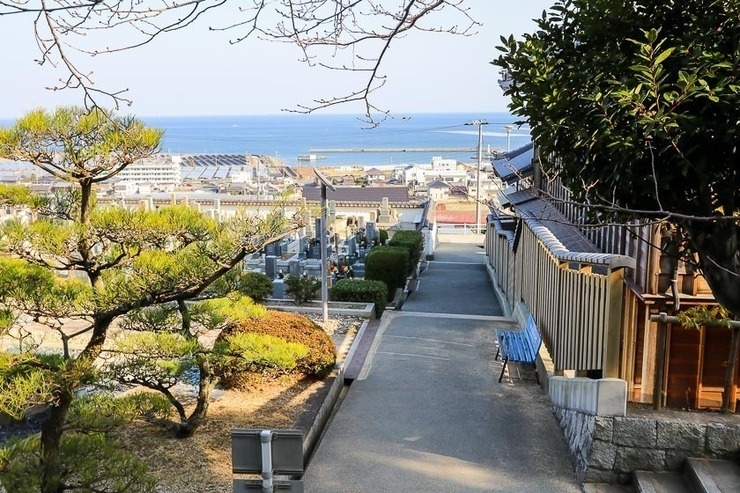
Walk past the temple along these steps, but don't forget to turn back every now and then to see the sea
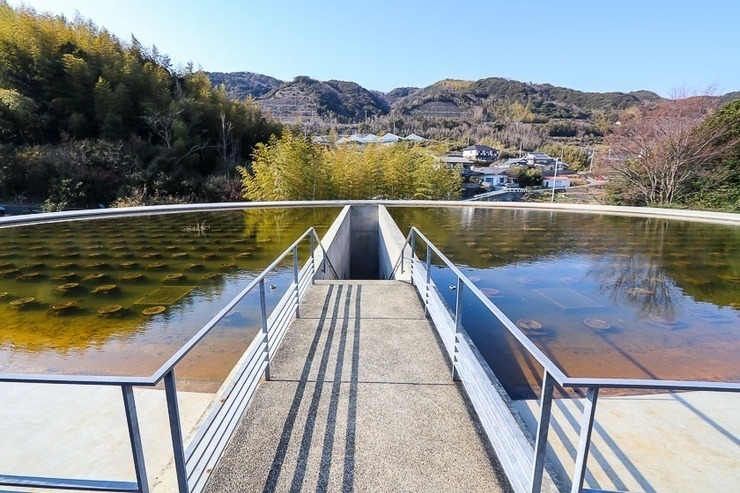
The lotus pond in the shape of a lotus leaf and stairs that lead down to the hall

A little teaser of the interior decked in vermillion
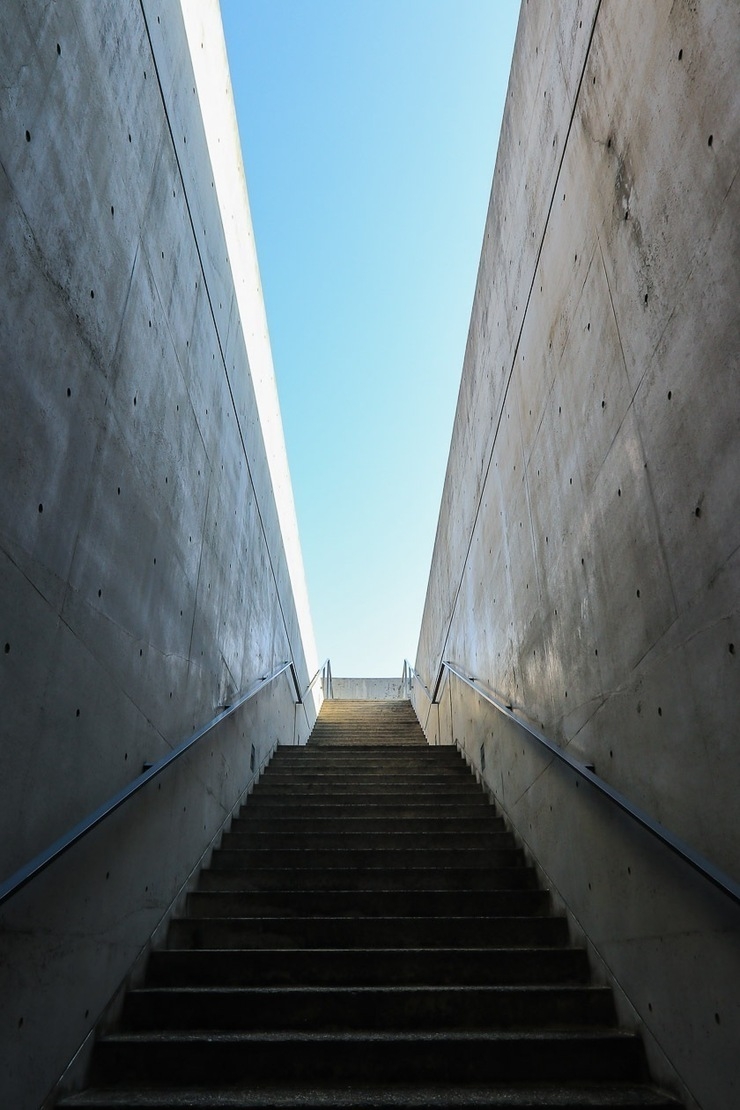
Blinking in the bright sunshine as I headed back out
In addition to the fault line preservation area, there is also a memorial house which lies right on the fault line and has exhibits about fault lines and earthquakes on the inside. But perhaps, the most sobering experience for me was to try the earthquake simulator, which simulates two earthquakes: the Great Hanshin Awaji Earthquake and the Great East Japan Earthquake which struck in 2011. It was interesting to compare the two earthquakes, but it also brought back memories of experiencing the one in 2011.
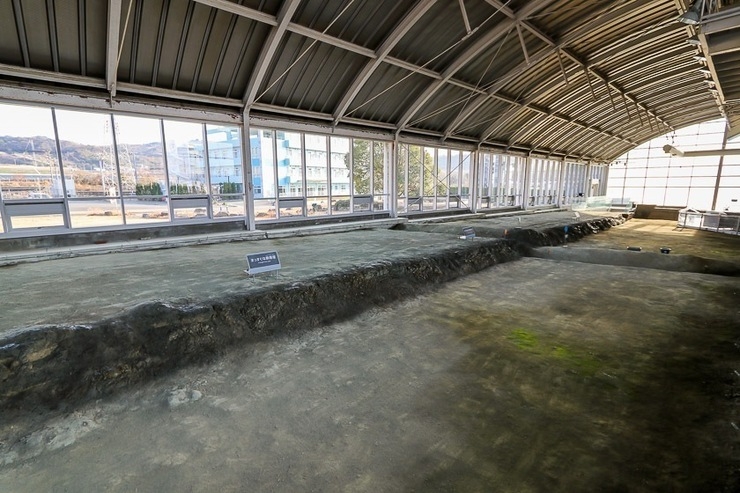
Where the fault line displaced the earth, in some parts almost up to a meter
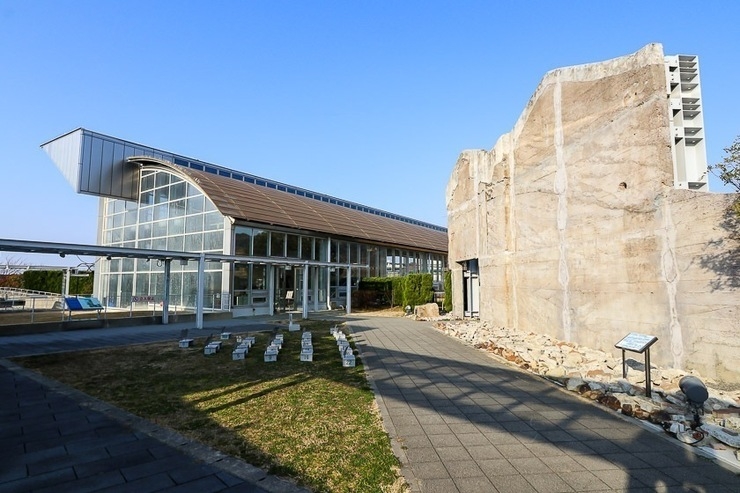
The long memorial hall and a wall from Kobe serves as a reminder of the devastating effect of the quake
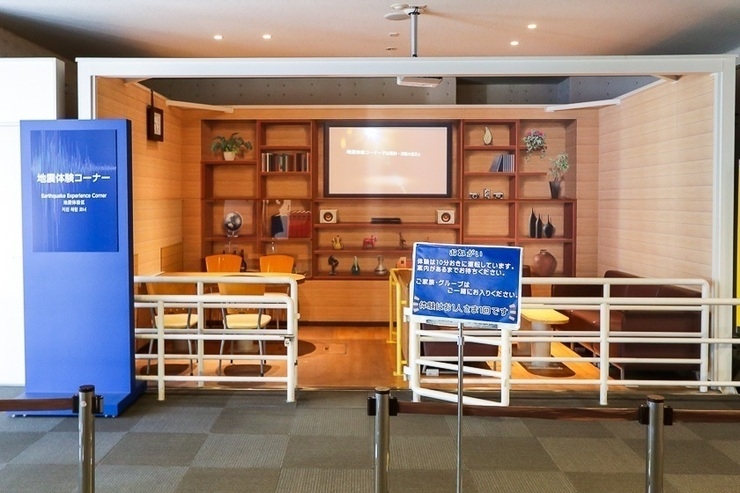
Inside the earthquake simulator
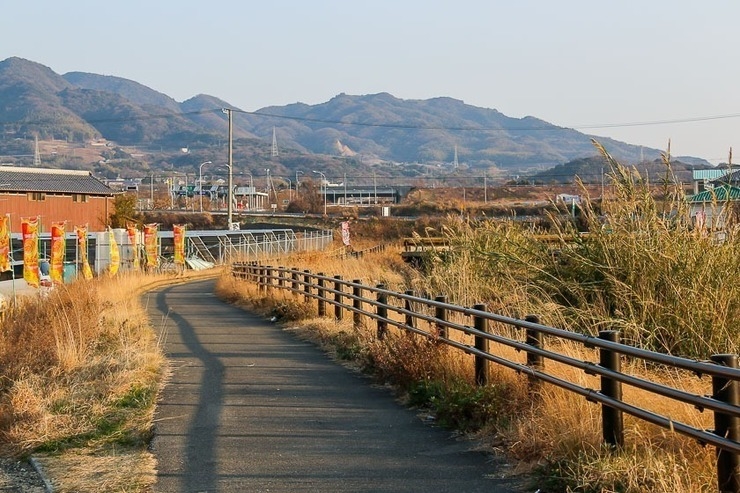
Back out on the road
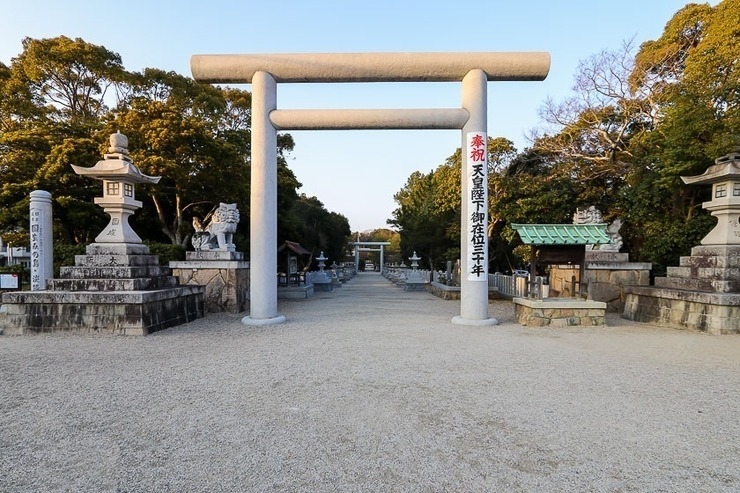
At the entrance of Izanagi Shrine
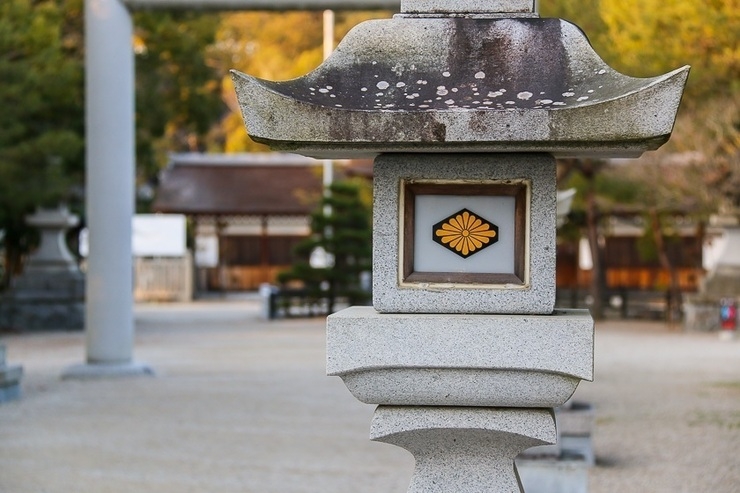
Crysanthemum designs on the lanterns leading to the shrine
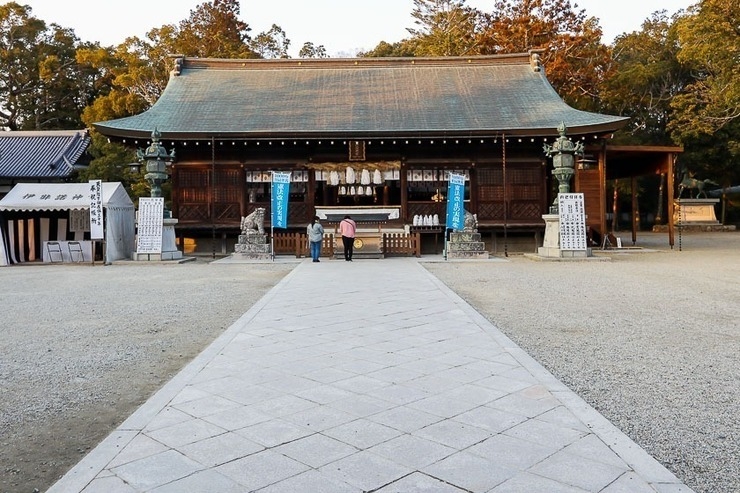
Large worship hall

The main hall at the back

Listening to the waves crash and watching the sun set at the beach

Dinner of seasonal fish. This was a kawahagi (filefish) nigiri with some of its liver on top
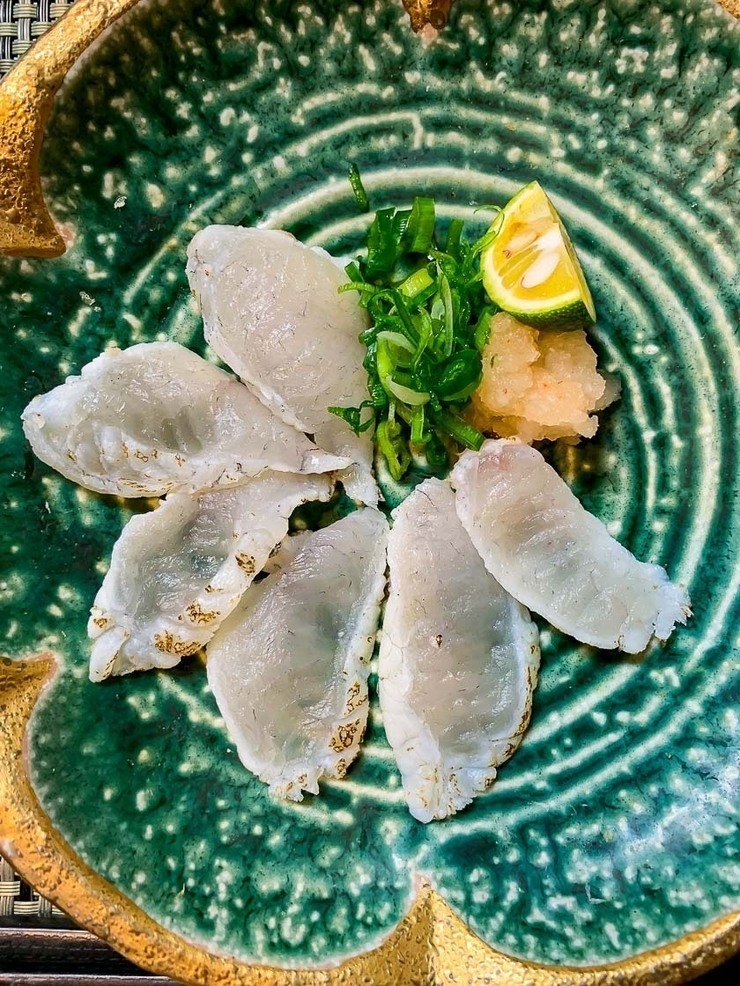
Fugu (pufferfish) tataki. Awajishima is known for its 3-year-torafugu, which is bred for three years before consumption

Couldn't help but sample the local craft beers too
Day 2
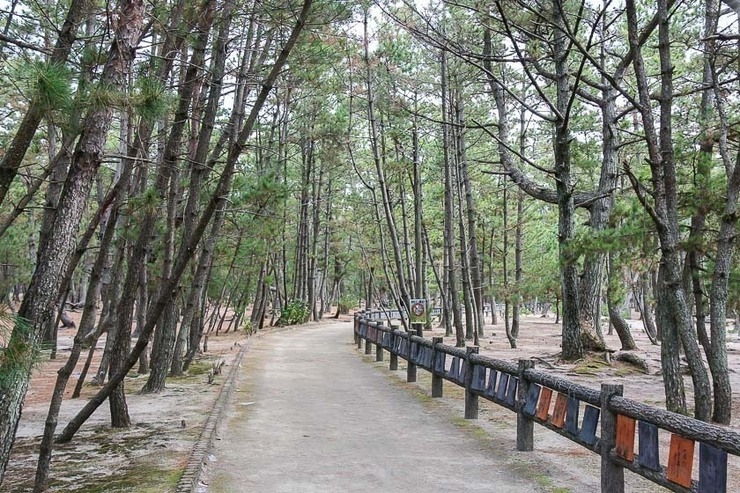
Not quite a walk in the woods, but a stroll through a pine grove to begin the day
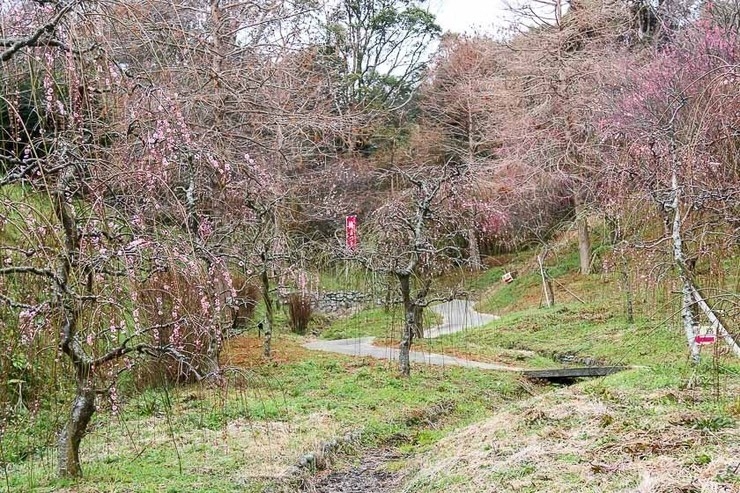
Hirota Plum Blossom Park wasn't quite at full bloom when I was there

I reckon the season would be in full swing from late February to early March
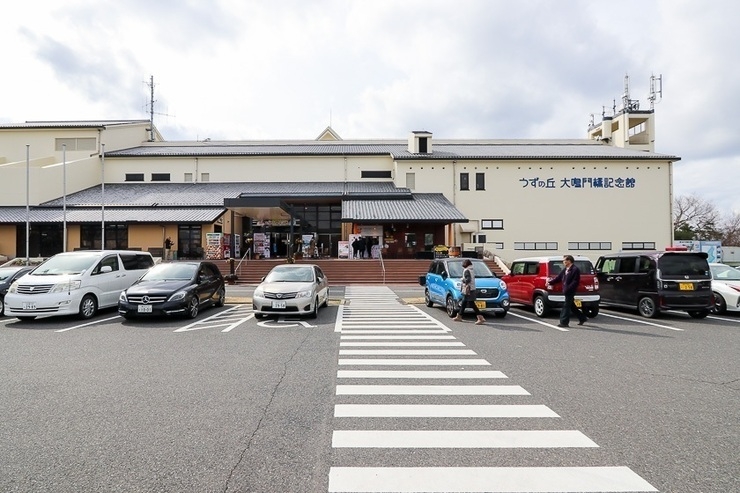
Unassuming Uzu no Oka. Normal looking on the outside, party on the inside
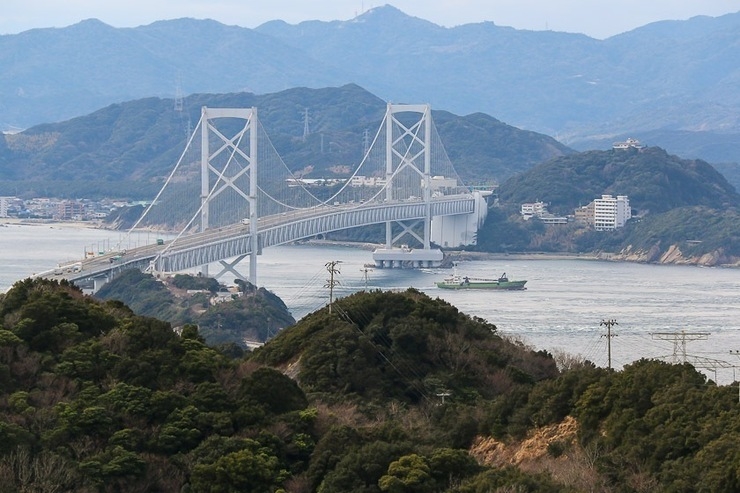
Took in my first view of the Onaruto Bridge
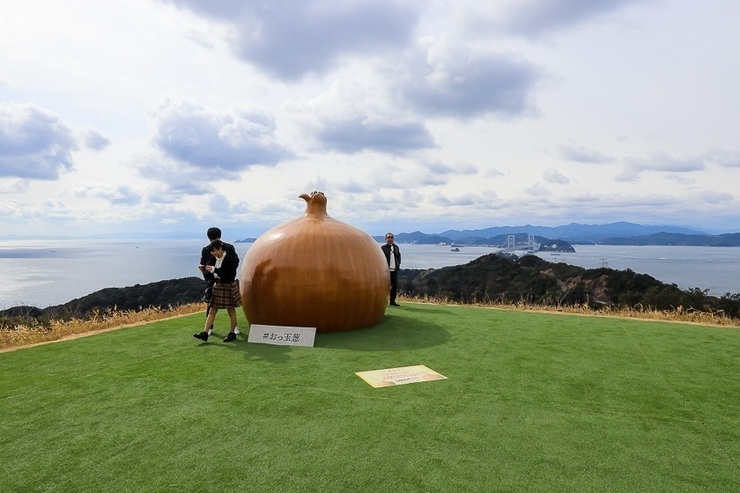
Onion sculpture to celebrate Awajishima's local produce
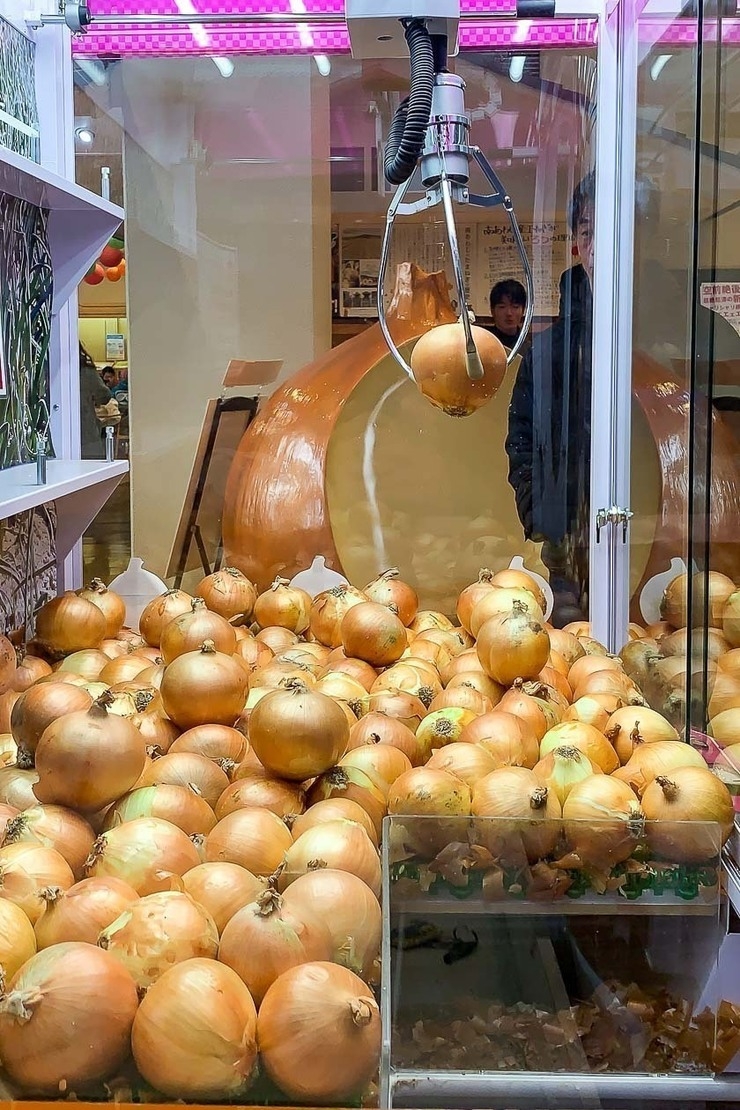
Best part of my day, the onion ufo catcher
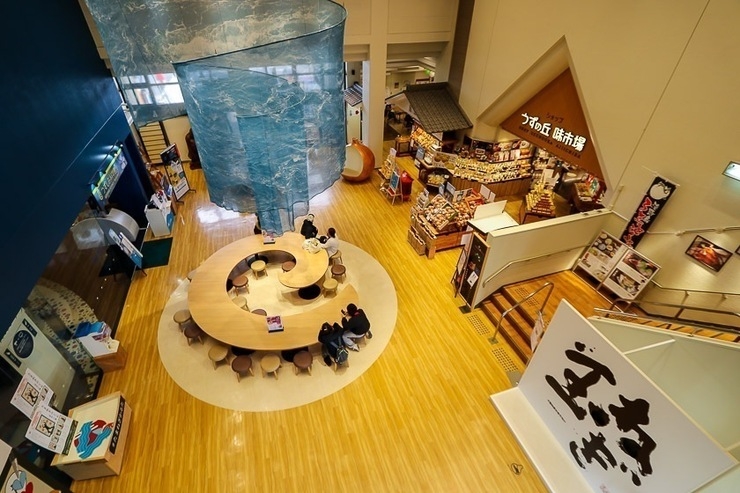
Inside Uzu no Oka where you can find a museum, a retail shop and restaurants
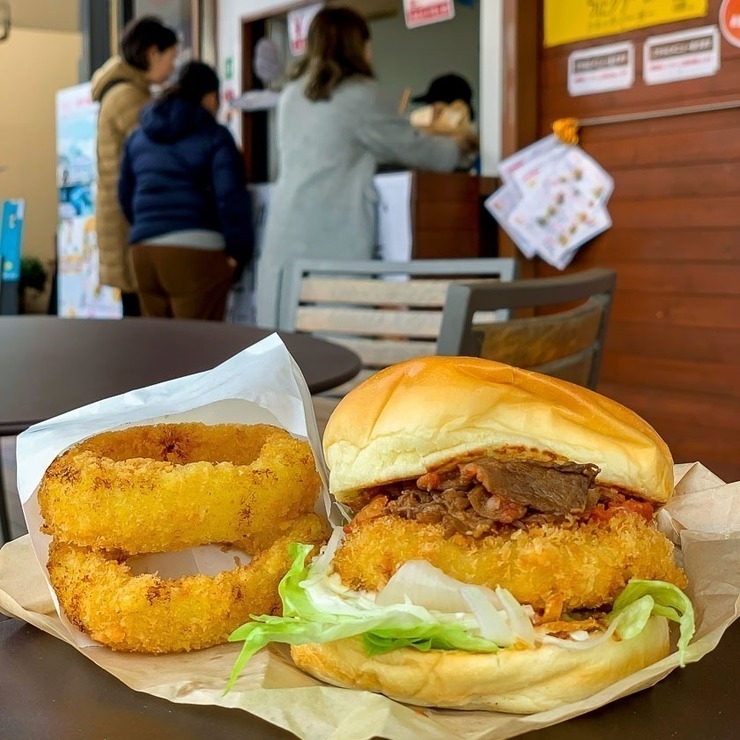
Two of Awajishima's best products in one meal. Onion rings and Awaji beef in a burger
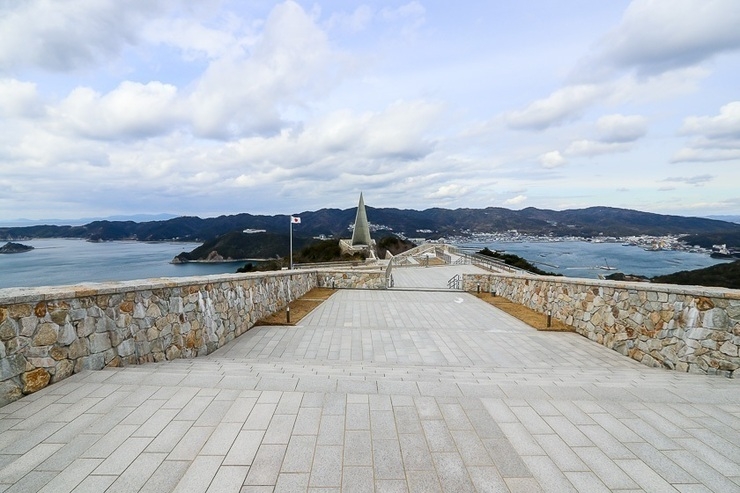
Wakodo no Hirobakoen
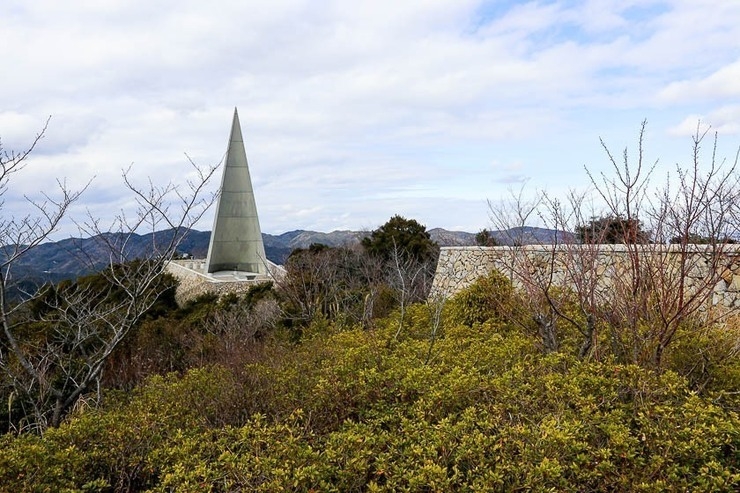
The triangle part is where the eternal flame burns
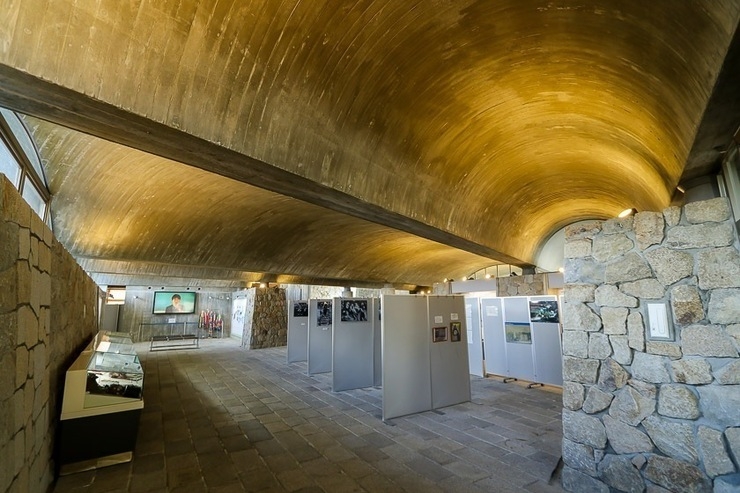
The small museum at Wakodo no Hirobakoen
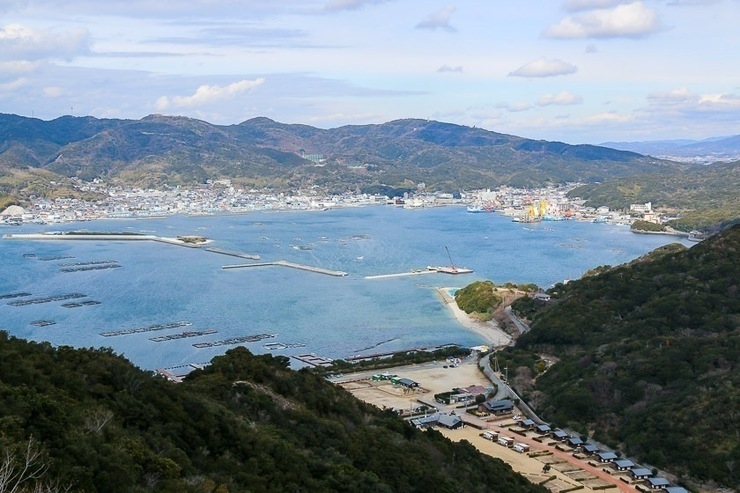
Port town of Fukura
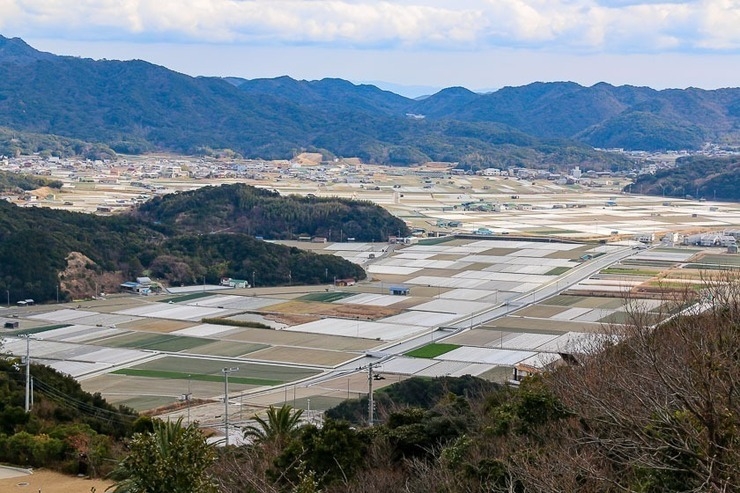
Farmland on the eastern side. The white parts are plastic sheets covering lettuce
From the top, I made the short 15 minute drive back down into port town of Fukura not far from Onaruto Bridge. First, I visited Fukura Marche, a market carrying all sorts of local produce and products, to check out what was in season. Of course, there were onions on sale, and there I also learnt that lettuce was also a major industry on the island. Looking at all the produce made me hungry and I stopped by the chiffon cake shop, Fortune, next door for some cake and coffee.

Delightful market, Fukura Marche
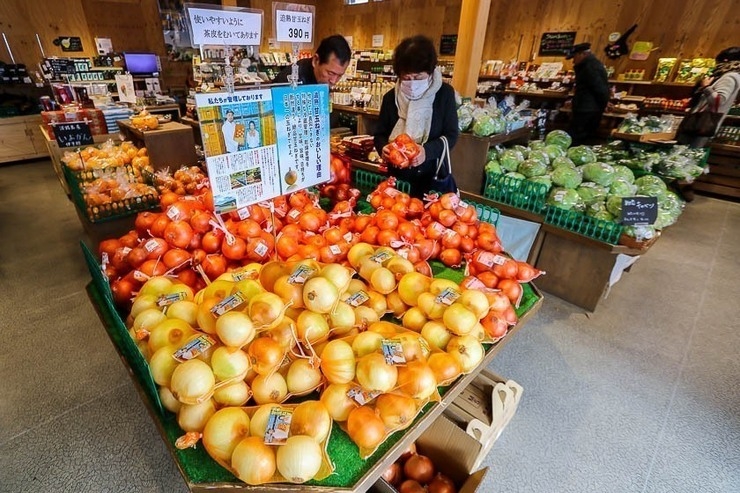
Not surprised to see these bags of onions for sale
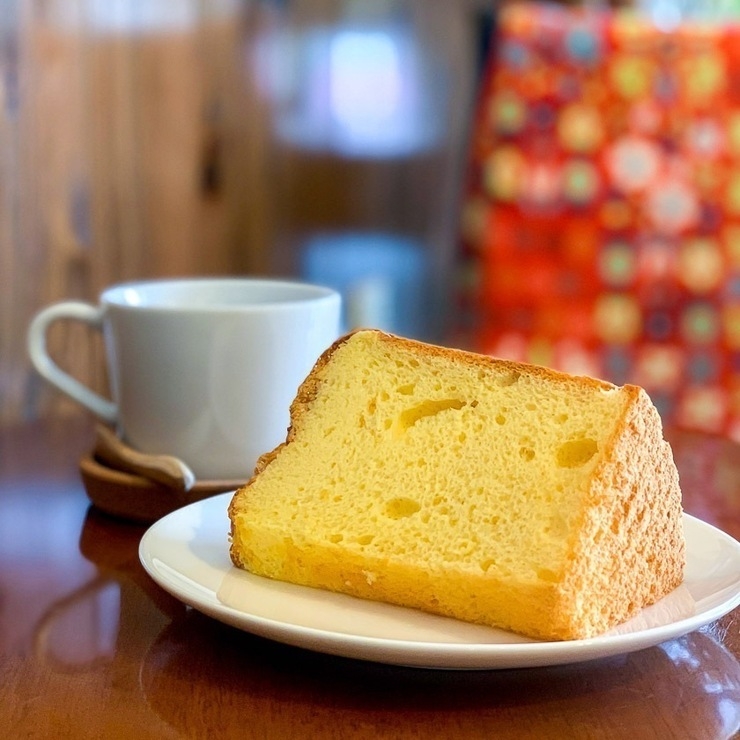
This chiffon cake break hit the spot
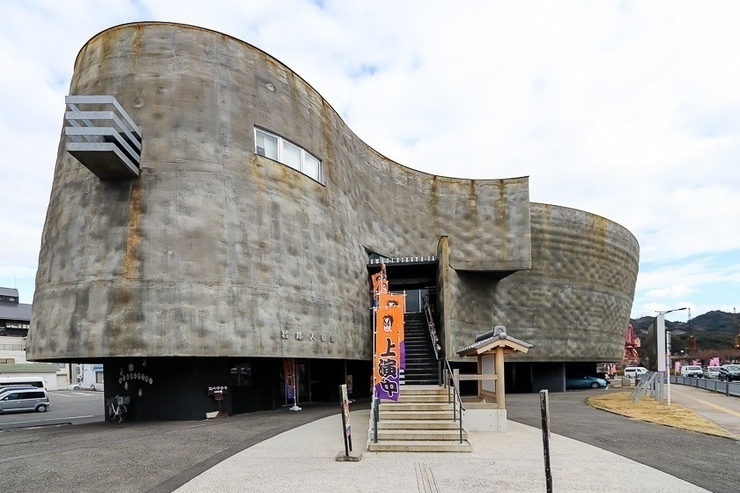
An unusual building in a small port town catches a lot of attention
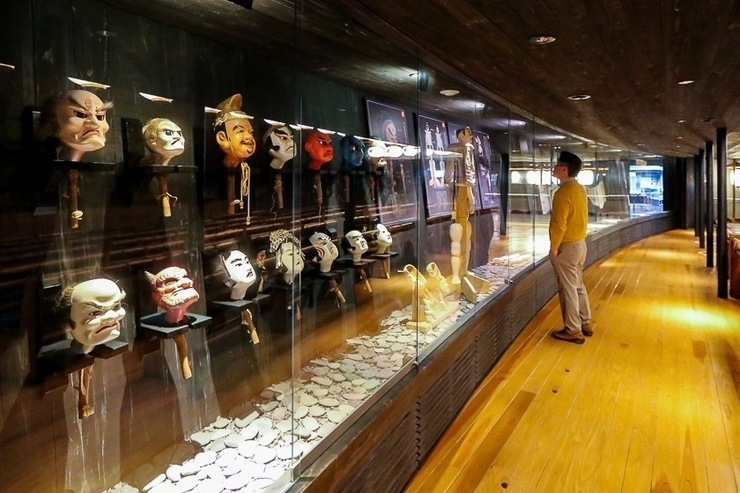
Puppet head display inside the puppet theater
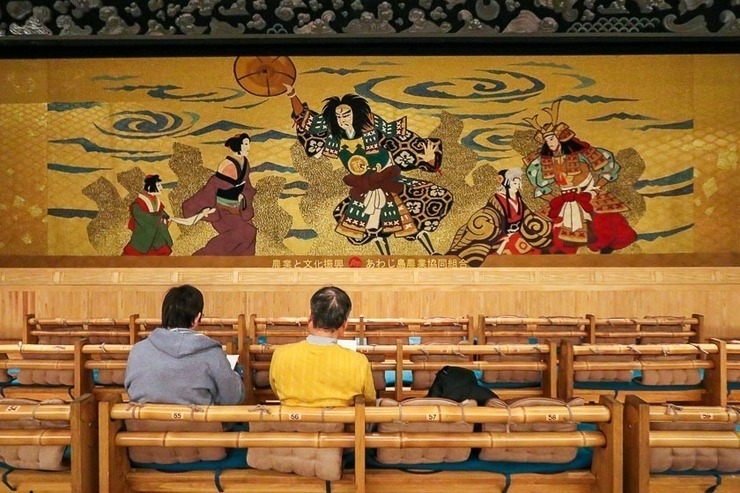
Not long before curtains up
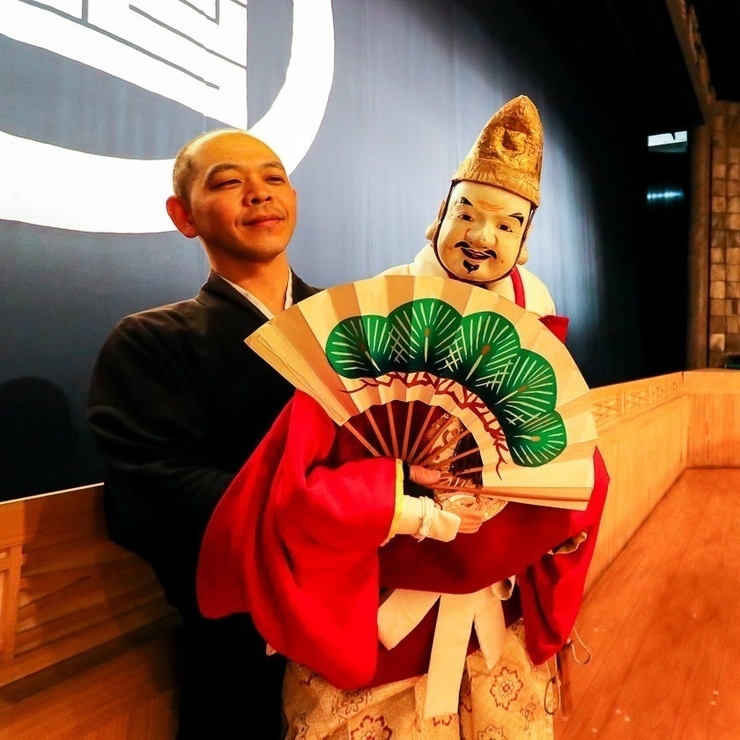
Puppeteer and his puppet greet the audience after the show. Each puppet is about 120 - 130 centimeters tall!
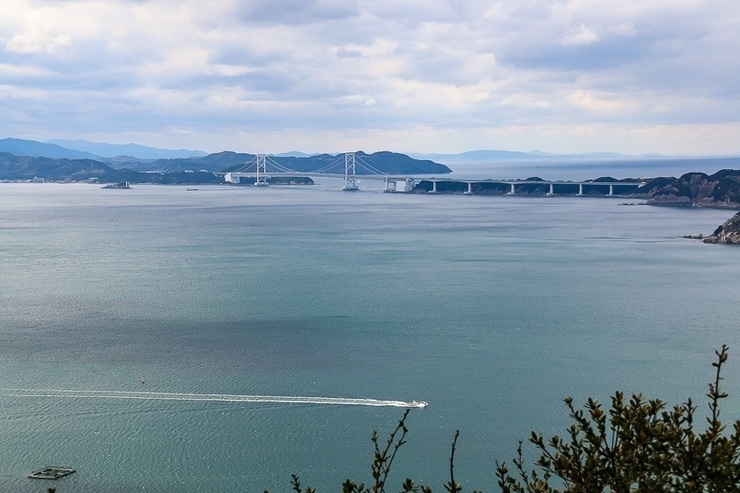
Onaruto Bridge and Tokushima across the water
Getting There and Around
